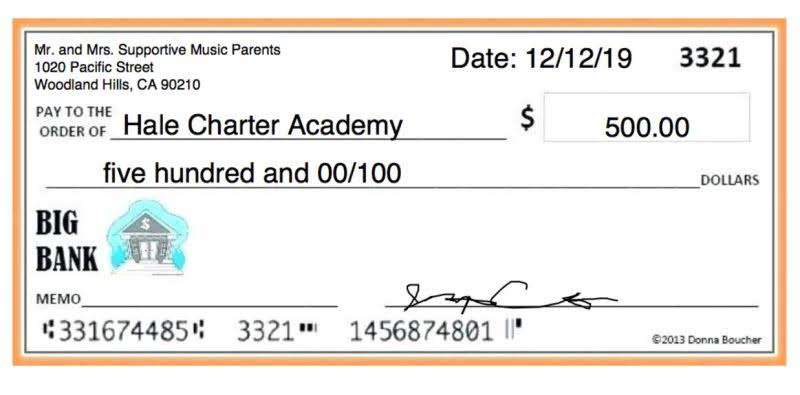
Following these principles and practices, financial statements must be generated with specific line items that create transparency for interested parties. One of these statements is the balance sheet, which lists a company’s assets, liabilities, and shareholders’ equity. Current assets include cash, cash equivalents, accounts receivable, stock inventory, marketable securities, pre-paid liabilities, and other liquid assets. The principal part of a note receivable that is expected to be collected within one year of the balance sheet date is reported in the current asset section of the lender’s balance sheet. The remaining principal of the note receivable is reported in the noncurrent asset section entitled Investments.
- Or, it may specify that interest will be due at certain points during the note’s duration (monthly, quarterly, semi-annually).
- Get instant access to lessons taught by experienced private equity pros and bulge bracket investment bankers including financial statement modeling, DCF, M&A, LBO, Comps and Excel Modeling.
- It can be involved in various transactions, including loans, real estate transactions, large credit purchases, and other situations where a formal written agreement is needed.
- They are recorded as assets on the company’s balance sheet, representing the amount of money customers owe to the business.
- From the perspective of the note issuer, the document is referred to as notes payable, indicating the obligation to repay a designated amount on a predetermined future date to the holder of the notes receivable.
Interest Rate Calculation on Notes Receivable
Just like accounts receivable, notes receivable is a balance sheet asset account. The principal of the note receivable, the time frame or duration the maker has to pay back, and the expected collection date are reported on the balance sheet along with the note receivable. When the maker makes the note, the store will record a journal entry to reflect the transaction. Typically, notes receivable are expected to be collected within one year, making them different from accounts receivable.

Other Current and Noncurrent Assets, Including Notes Receivable
It can be involved in various transactions, including loans, real estate transactions, large credit purchases, and other situations where a formal written agreement is needed. Additionally, it explicitly specifies both the principal amount, equivalent to the face value of the notes, and the accompanying interest that must be paid. Notes receivable are written commitments without conditions in which an individual or business pledges to pay a specified amount at a predetermined date or upon request. The person or company obtaining rights to possess and use the property is the lessee.
What are the important components of notes receivables?
Note receivable from ABC LLC carried 5% simple interest rate payable annually while the one from DEF Inc. carried 8% interest compounded monthly. The accounting treatment of interest that is accrued but remains unpaid up to balance sheet date, depends on whether the interest is compound or simple. If it is a compound interest, the accrued interest that remains unpaid is added to the principal of note receivable and carried over to the next accounting period. Since notes receivable have a longer duration than accounts receivable, they usually require the maker to pay interest in addition to the principle, at the maturity of the note. Interest receivable is recognized on the balance sheet in addition to the face value of notes receivable.
- When a note receivable originates from an overdue receivable, the payment tends to be relatively short – typically less than one year.
- On March 31 a similar entry will be made to record the interest revenue earned in March.
- To be precise, a payee records a note receivable as an asset, representing the principal owed by the customer.
- You should consult your own legal, tax or accounting advisors before engaging in any transaction.
The amount debited to notes receivable represent the interest earned in month of December on the carrying amount at the end of November because the note carries compound interest. The amount debited to interest receivable represent simple interest earned on note receivable from ABC. In this case the note receivable is issued to replace an amount due from a customer currently shown as accounts receivable. Let’s say a company lends $10,000 to a customer on January 1, 2023, and the customer signs a promissory note agreeing to repay the loan plus interest at a predetermined rate of 8% per year. The terms of the note specify that the loan must be repaid in full within one year. These formal commitments, often referred to as promissory notes, are considered notes receivable upon acceptance.
Notes Receivable in the Balance Sheet

If it is still unable to collect, the company may consider selling the receivable to a collection agency. When this occurs, the collection agency pays the company a fraction of the note’s value, and the company would write off any difference as a factoring (third-party debt collection) expense. Let’s say that our example company turned over the $2,200 accounts is notes receivable a current asset receivable to a collection agency on March 5, 2019 and received only $500 for its value. The difference between $2,200 and $500 of $1,700 is the factoring expense. You are the owner of a retail health food store and have several large companies with whom you do business. Many competitors in your industry are vying for your customers’ business.

- While accounts receivable represent amounts owed by customers for goods or services provided on credit, notes receivable are formal agreements where the borrower promises to repay a specific amount by a certain date.
- Dino-Kleen, a customer of Terrance Inc. owes a $10,000 invoice that is past due.
- This classification ensures an accurate representation of the asset’s value on the balance sheet.
- This difference would be deemed as additional compensation and recorded as Compensation expense.
- Assuming the customer makes the repayment to ABC Co.’s bank account, ABC Co. can use the following journal entry to record the receipt.
- Textbook content produced by OpenStax is licensed under a Creative Commons Attribution-NonCommercial-ShareAlike License .
